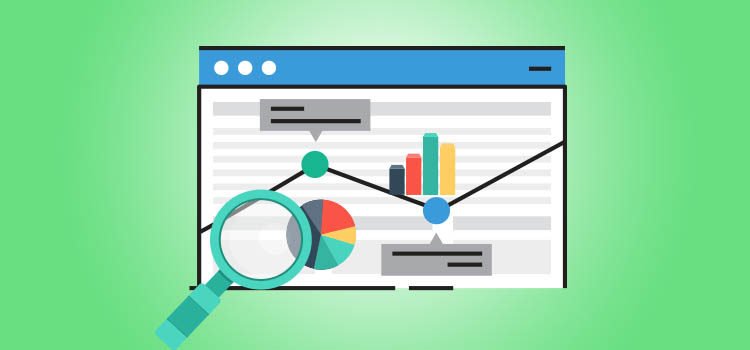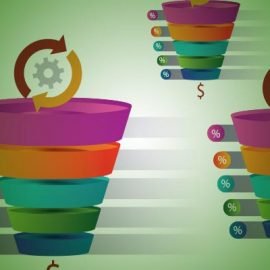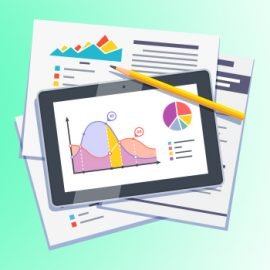
|
Getting your Trinity Audio player ready... |
How is yours? online media planning? Can you segment your audience?
In 1997, when I set up the Vero Comunicação, media-focused advertising and design agency offline, we had few resources for audience segmentation.
In fact, nowadays I find it strange to still use that term “offline”, since with the internet of things, practically everything was online.
Even so, it is a way of separating what is web and what is not web. And it's very interesting to see how things have evolved. And one of the most significant developments was precisely in the online media planning. In this post, we will understand a little more about the importance of using data in online media planning.
The digital world and media buying
In the past, when we bought media offline, we created our distribution maps, which were sent directly to the media outlets. This sending could be via email or even via the web, whether it was a TV program, billboard or radio. Some maps were delivered assembled in Excel!
Media buying started to evolve when digital media appeared in the lives of agency media. We bought CPM (Cost per Thousand Impressions) on the main portals and started to understand how the Google Adwords (currently Google Ads).
Then came the social media and its advertising platforms, with dozens of features and important information, just as we already found in Google Ads.
Today, we have the platforms programmatic media, where we can control 100% of what we buy. This was a real leap in media buying, as everything there happens online and with a quantity of information essential for the online media planning.
Use of collected data
When we combine Google Ads with Google Analytics, we have a huge amount of data to analyze. Facebook also has its Analytics, which is incredibly rich in information.
The volume of data generated today brings an evolution in relation to the demographic data of the past, such as age and gender. The segmentation that a programmatic media platform brings us allows the audience to be placed at the center of the campaign strategy.
If a TV campaign, for example, gives us audience data (and then we have to compare it with research on habits, for example), nowadays it is possible to know habits, consumption, preferences, age, gender and even income, everything in the same location.
Segmentation is life
Data crossing is essential for more assertive analysis and also for audience segmentation. Audience cuts are the biggest advantages of programmatic media platforms and have everything to do with those who work in the virtual world, especially with inbound marketing.
After all, if you set up your persona and you want the ROI of your campaign to be the best possible, segmentation is the key to success. And if you already have more than one persona, you'll want each campaign to target its corresponding persona.
Campaign monitoring and optimizations
Imagine the amount of data that is generated in online campaigns today. The concept of big data It is exactly related to the crossing of this information.
When we talk about programmatic media platforms, in addition to data quality, we also have the issue of monitoring, which extracts essential information to reach the target audience in a personalized way. It is possible to identify behaviors and define strategies with more return, as optimization happens immediately.
The data generated in campaigns can be used to improve the target audience. Well-known resources, such as lookalike and engagement rates are used to narrow down audience preferences. In this way, the data generated by platform technology allows for greater results in planning programmatic media campaigns.
The conclusion is that a good online media planning It necessarily involves the observation and monitoring of data and constant adjustments to the campaign. These are characteristics that we currently find in programmatic media.
Want help buying media online? Speak to a Vero Contents expert!

Marcel Castilho is a specialist in digital marketing, neuromarketing, neuroscience, mindfulness and positive psychology. In addition to being an advertiser, he also has a Master's degree in Neurolinguistic Programming. He is the founder, owner and CEO of Vero Contentes and the offline agency VeroCom.



